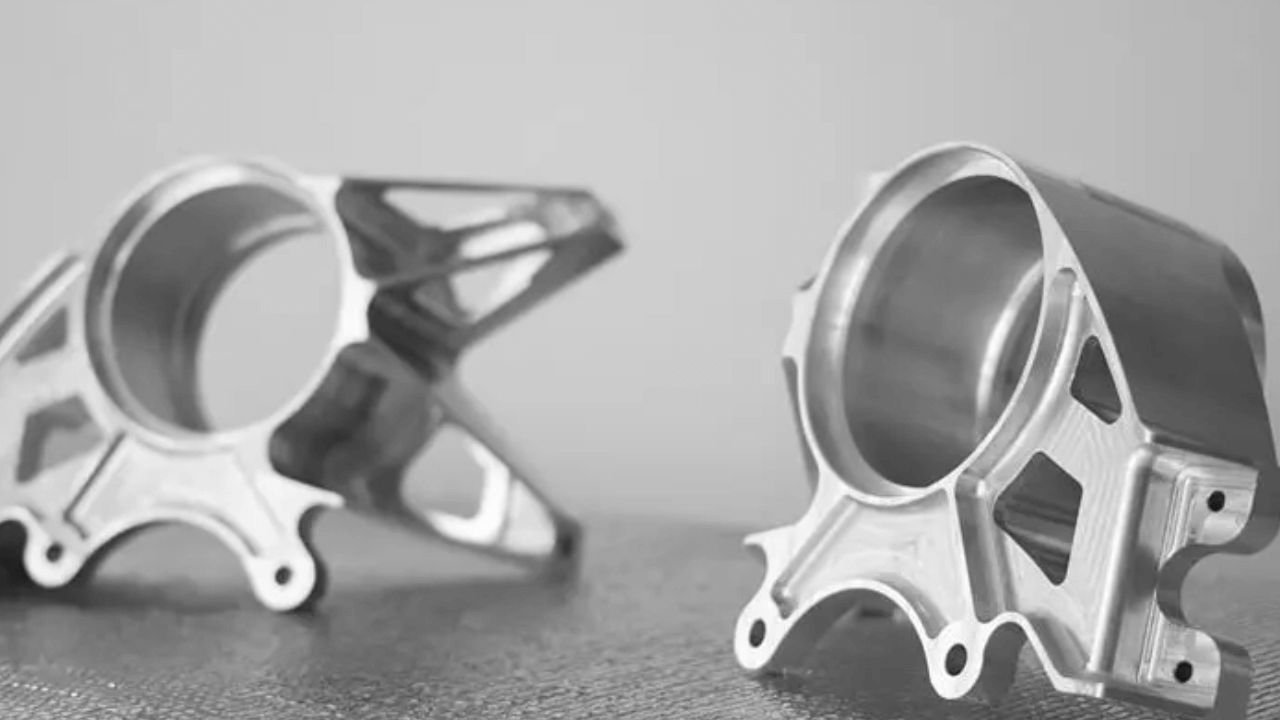Forged auto parts are those that go through the specialized manufacturing process known as forging. Through the use of concentrated compressive forces, metal is molded and sculpted into the appropriate shape during the forging process. The components created using this technology differ from those made using alternative manufacturing processes like casting.
Car parts from forges are known for their capacity to withstand severe stress, which makes them particularly ideal for vital applications in automobiles. Click here for more info about forge car parts. The accuracy, uniformity, and adaptability attained through forging help to produce parts that smoothly integrate into automotive systems, improving overall performance and dependability.
Are Forged Auto Parts More Expensive Than Those Produced Using Other Methods?
A complex analysis that weighs several parameters is required to compare the price of forged vehicle parts to those produced using other methods. While the initial manufacturing prices of forging automobile parts may be higher, their greater performance and durability qualities frequently result in cost-effectiveness throughout a vehicle’s whole lifecycle.
Precision and material efficiency throughout the forging process produce components with remarkable strength and longevity, lowering the need for replacements and maintenance. In contrast, parts produced using different methods could cost less up front but may end up costing more over time due to frequent replacement or repair due to their reduced durability.
Technological Advancements Affected the Manufacture of Forge Automobile Components
The creation of forged automobile parts has been considerably impacted by technological advancements, which have revolutionized conventional forging techniques and improved the components’ accuracy, effectiveness, and general quality. The forging environment in the automotive sector has been shaped by several significant developments:
Computer-Aided Design (CAD) and Simulation:
Engineers may create intricate 3D models of automotive components using CAD technology, which gives them access to thorough visualizations and virtual prototypes. With the aid of simulation tools, forging processes can be examined, results can be predicted, and potential problems may be found before physical manufacturing starts.
With the use of this technology, the design and optimization of forging automobile parts are improved, which eliminates the need for rigorous trial-and-error testing. Engineers can digitally modify designs, improving part geometries and performance.
Finite Element Analysis (FEA):
To analyze stress, strain, and deformation during the forging process, FEA is used to mimic the behavior of materials in various situations. FEA helps with design optimization for strength and durability by forecasting how forging automobile parts will behave under various circumstances. This lowers the possibility of faults and raises the dependability of the finished components.
Real-Time Monitoring and Control:
Forging equipment incorporates cutting-edge sensors and monitoring systems to gather data in real-time throughout production. With real-time monitoring, parameters like temperature and pressure can be changed right away, ensuring consistency and high-quality forge vehicle component manufacture. Any differences from the desired specs can be quickly fixed, reducing faults.
Automation and Robotics:
To automate duties like material handling, die switching, and quality inspection, robotics, and automation have been incorporated into the forging processes. Automation improves productivity, shortens cycle times, and ensures accuracy when doing routine operations. Robotics improves production environment safety while increasing throughput and lowering human expenses.
Additive Manufacturing (3D Printing):
Traditional forging procedures have been complemented by additive manufacturing techniques like 3D printing. 3D printing makes it easier to create complex forms and prototypes. Although additive manufacturing is not a direct substitute for traditional forging, it can be used for some components to provide flexibility in design and production.
Big Data and Analytics:
Utilizing big data analytics in the manufacturing process entails examining sizable data sets to learn about performance, effectiveness, and prospective upgrades. Manufacturers can foresee the need for equipment maintenance, optimize forging parameters, and constantly enhance operations by using big data. The manufacture of forging automotive parts benefits from improved quality and lower costs thanks to this data-driven strategy.
Advanced Materials and Alloys:
Advanced alloys and materials appropriate for forging applications have been developed as a result of ongoing materials science research and development. Engineers now have more alternatives thanks to advancements in material science, making it possible to forge automobile parts with optimal strength, weight, and performance qualities.
Final Words
Technical advancements in the forging of automotive components have ushered in a period of improved accuracy, effectiveness, and adaptability. These technologies, which range from cutting-edge design software to real-time monitoring and the incorporation of automation, help to produce high-quality forging automotive components that satisfy the demanding standards of the automobile industry.

